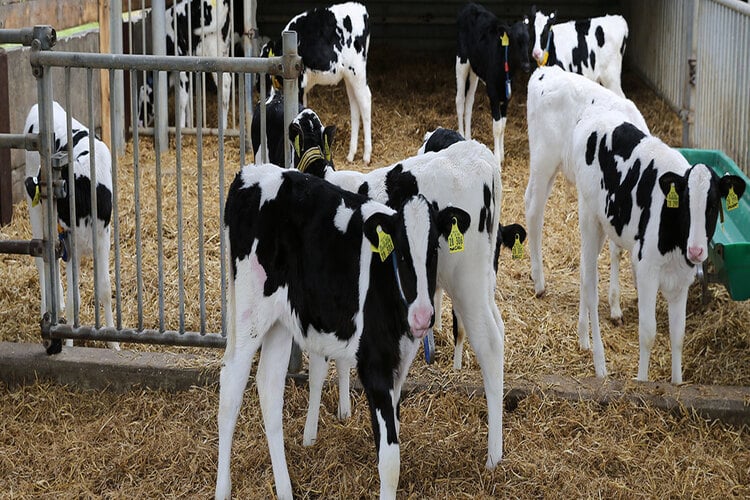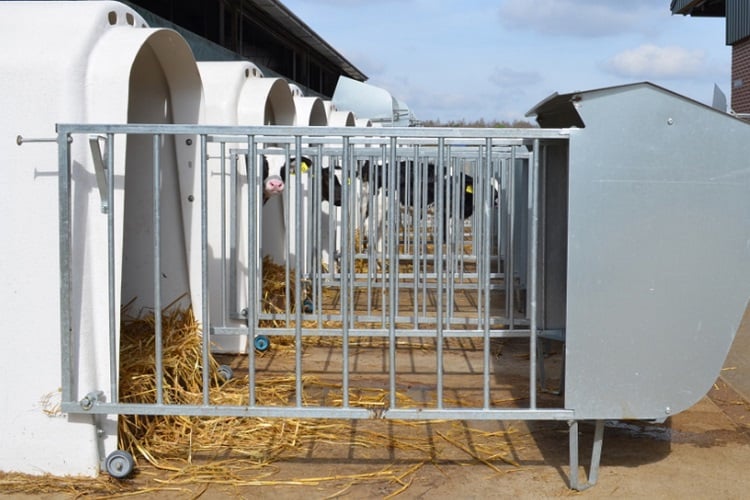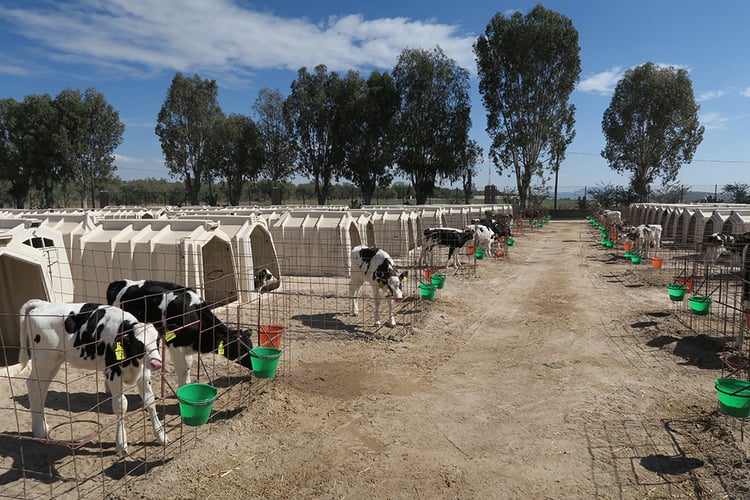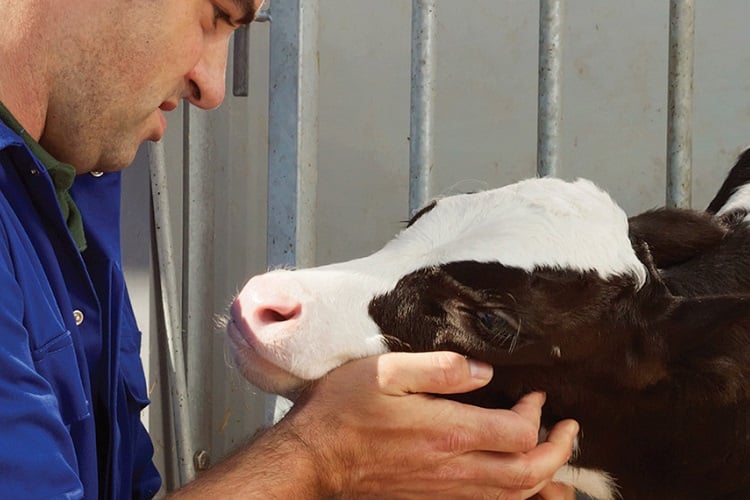- LifeStart
- Preweaning
Key takeaways from the research
-
Bovine respiratory disease is a major cause of morbidity and mortality in young dairy calves.
-
Calves suffering from BRD in the first 2 months of their lives have a reduction in average daily gain of 100 g/d.
-
This negative effect on growth continues, between 2 and 4 months of age, they also grow 100 g/d less

Reducing respiratory disease in dairy calves improves future weight gain
Bovine respiratory disease is one of the leading causes of morbidity and mortality in young dairy calves. It also has a negative impact on their long-term performance. In their paper "The hidden cost of a hidden disease: growth performance of calves as affected by bovine respiratory disease using ultrasonography"[1], Carolina Tejero and Alex Bach quantified this impact.
Study design
A total of 1,066 heifer calves were monitored for bovine respiratory disease for the first 60 days of life. Exactly half of the calves included in the study (533 calves) contracted BRD and were immediately treated with antibiotics. Their BRD was classified as either lobular pneumonia type 1 (1 cm of tissue consolidation), type 2 (2 cm), type 3 (3 cm), or lobar pneumonia (consolidated lobe). Subsequently, the impact of this classification on long-term growth was measured.
Results
| Approximate ADG from 12.4 ± 5.6 days to 50.8 ± 5.8 days was: | NO BRD 745 g per day | ||
| Type 1 BRD: 650 g per day | Type 2 BRD: 610 g per day | ||
| Approximate ADG from 49.7 ± 2.5 days to 111.6 ± 3.5 days was: | No BRD 1,180 g per day | ||
| All BRD Types combined: 1,085 g per day | |||
| From 113.3 ±7.3 days to 162.8 ± 5.4 days there was no difference in approximate ADG between the groups at 1,120 g per day | |||
| Calves without incidences of BRD weighed approximately 10 kilos more at 23 weeks than calves that had contracted BRD | |||
Conclusion
Calves suffering from bovine respiratory disease in the first 2 months of their life have a reduction of average daily gain of about 100 g/d. The negative effect of BRD lasts until the calves are 4 months of age.
References
[1] Tejero, C., and A. Bach. 2016. The hidden cost of a hidden disease: growth performance of calves as affected by bovine respiratory disease diagnosed using ultrasonography. J. Anim. Sci. 94: 48.



